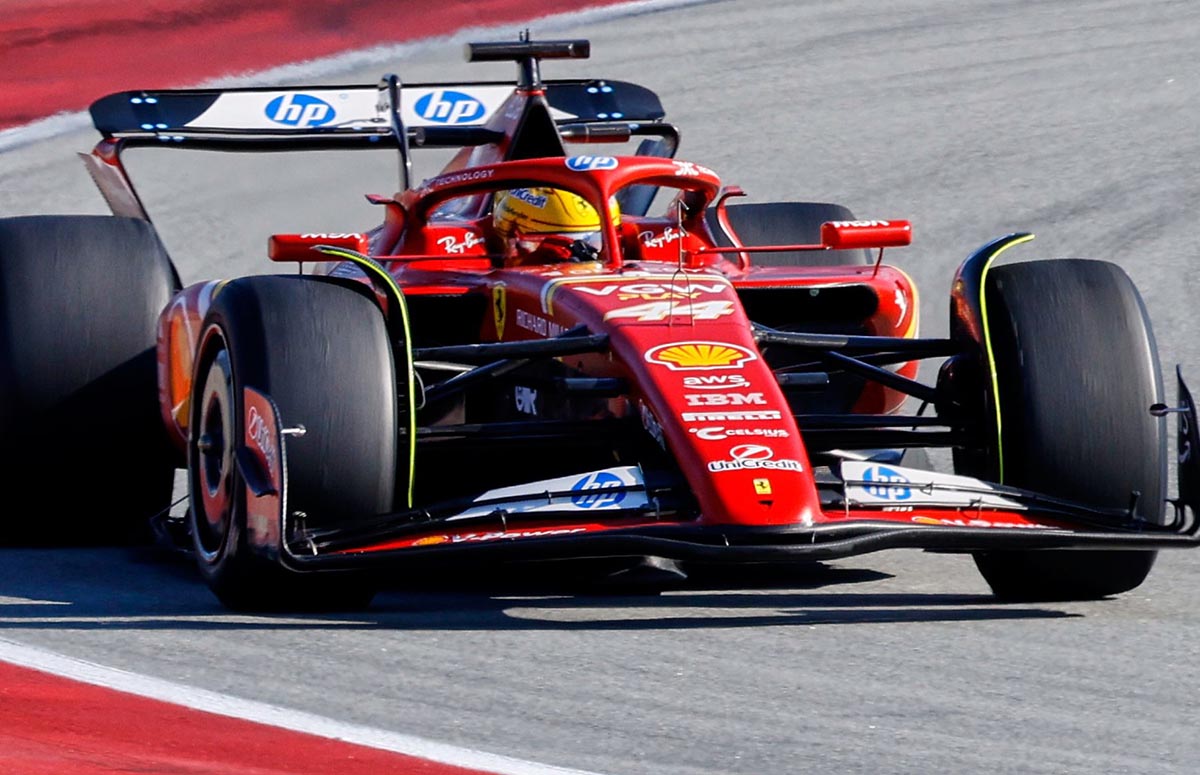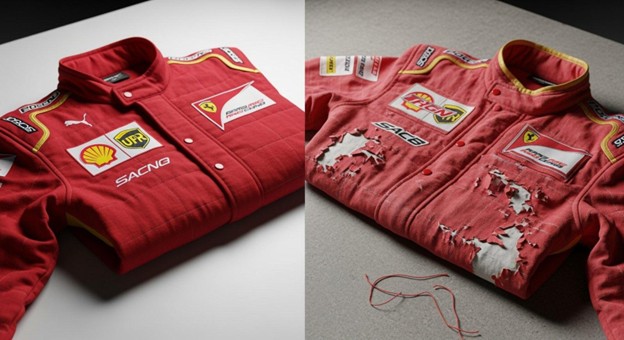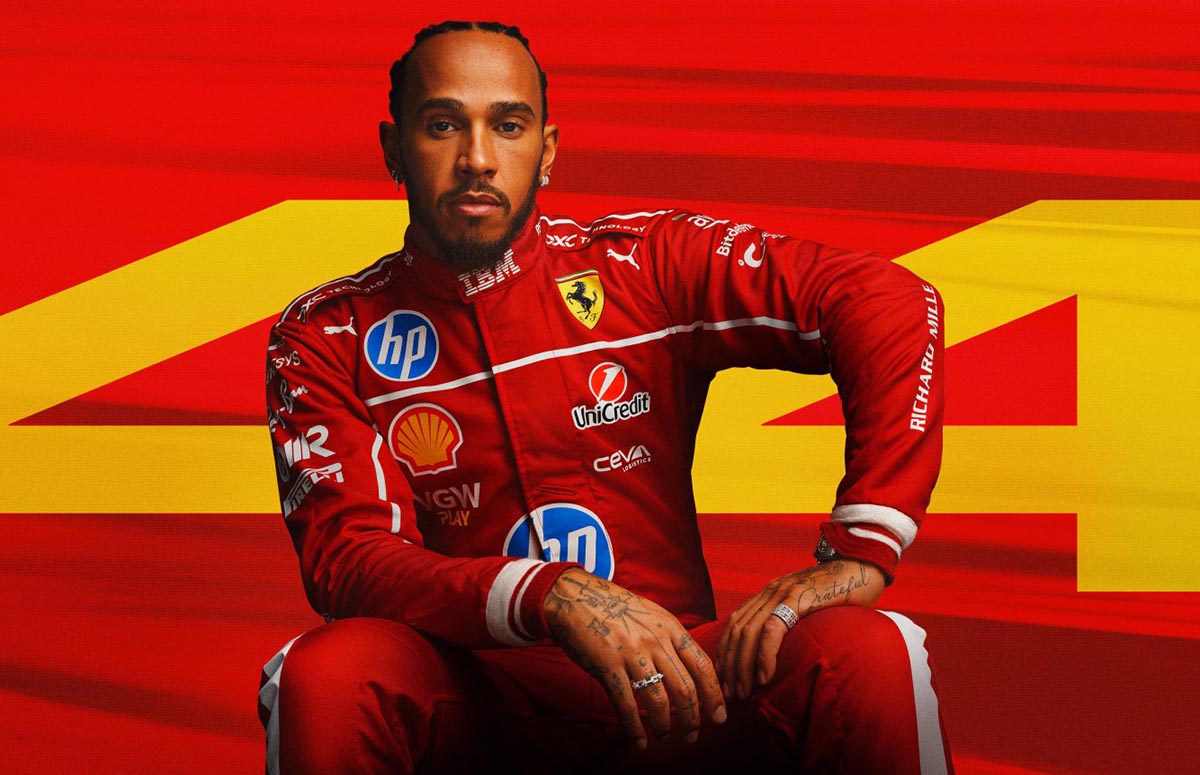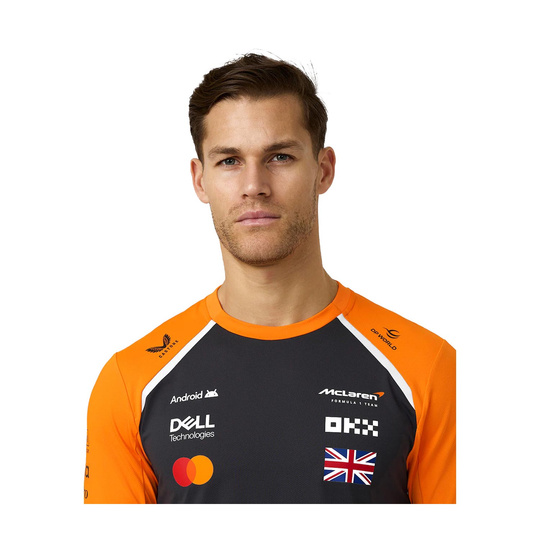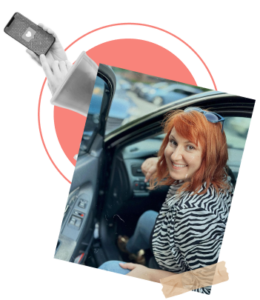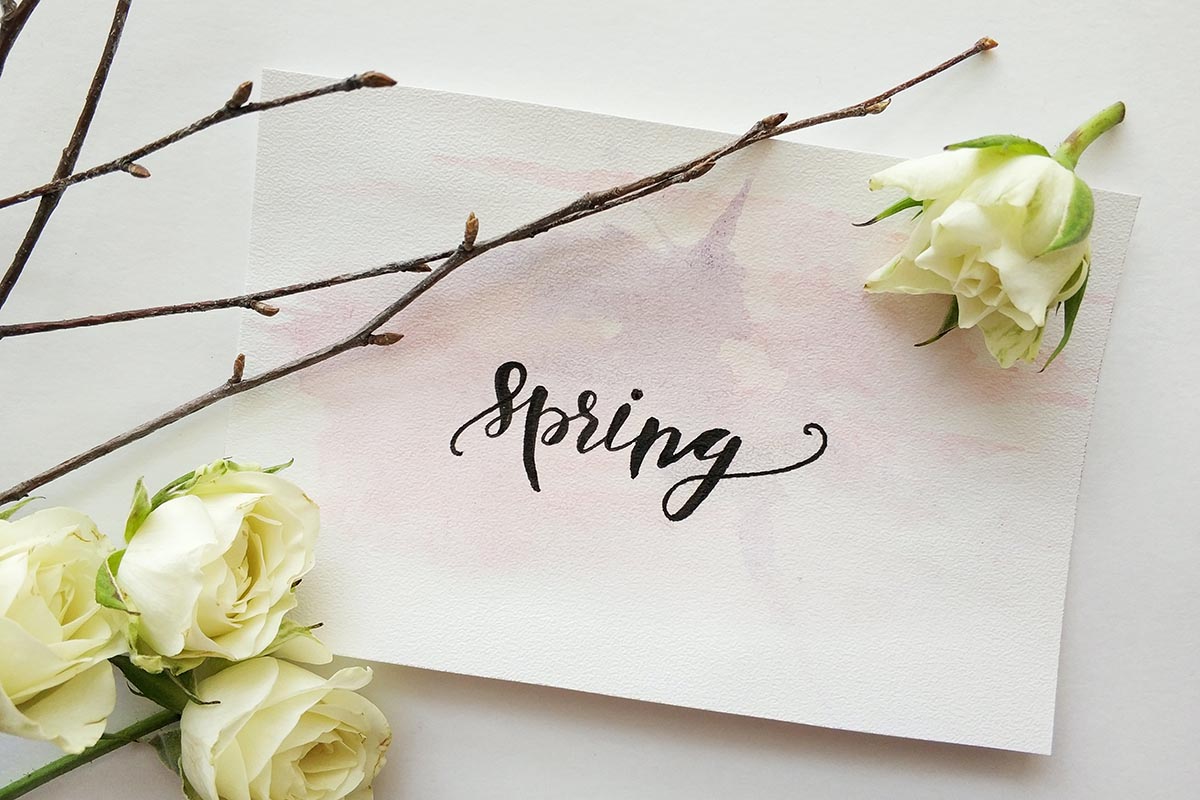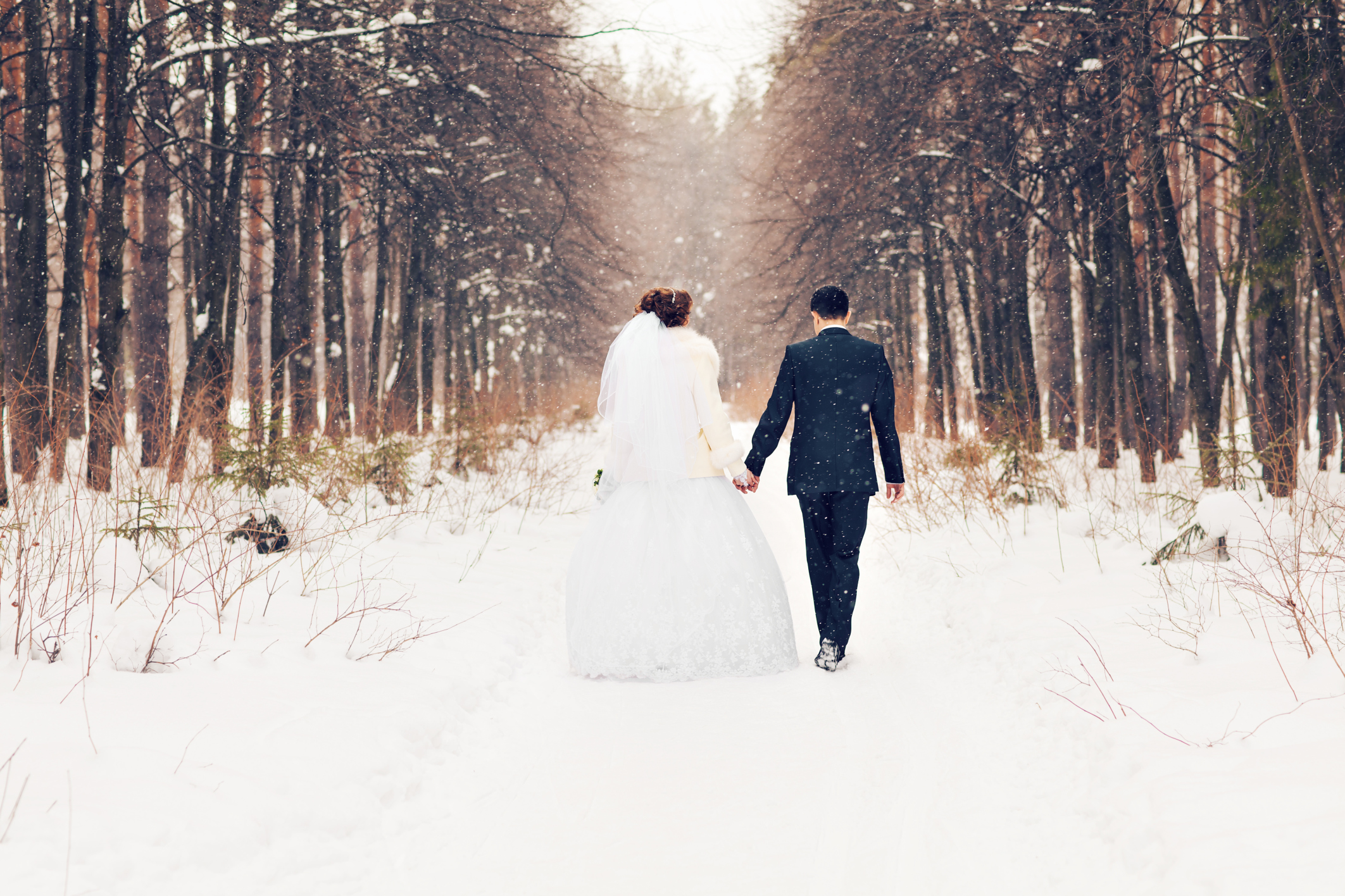Official or Knockoff? How to Spot Real Racing Merchandise
Key Points
Real racing gear has licensed tags, clean stitching, and proper logos—knockoffs cut corners and often use low-quality, unsafe materials.
Fake racing merchandise doesn’t support teams or safety—it funds shady sellers and sometimes criminal operations.
Buying from official team stores or verified sellers ensures quality, safety, and direct support for the racing world you love.
In motorsports, many fans enjoy showing loyalty to their favorite teams or drivers by wearing branded gear.
Whether it’s a jacket, cap, or other apparel, wearing team colors can feel exciting.
However, many people end up buying fake merchandise by mistake.
Knowing how to tell real items from knockoffs is important.
It ensures you get your money’s worth and supports the teams and people who make racing possible.
The market is crowded with fake products, and racing gear is no different.
From what look like authentic Scuderia Ferrari F1 Team merch & apparel to other popular team items, these copies can look very convincing at first glance.
Still, fakes miss the quality and official approval you get with real brands.
This guide will help you spot official vs. knockoff racing merchandise, so you can buy with confidence and avoid accidentally supporting illegal sellers.
At the end of the day, true fans want to celebrate their sport-not back criminals.
What Makes Racing Merchandise Official or Fake?
The main difference between genuine and knockoff racing merchandise is if it’s officially allowed and how it’s made.
Real gear has an official license and supports the teams. Knockoffs are made without permission, and usually don’t focus on quality or legal rights.
How Official Racing Merchandise Is Made
Genuine racing gear, whether a racing suit or a team hoodie, is made under special licensing contracts with teams and leagues.
This means every part-from logos and colors to design details-matches the official standards.
Production of real merchandise is careful and uses high-grade fabrics and methods, much like the equipment racing pros use.
Real products fit well, look sharp, and last long.
For example, official F1 gear is produced with the same close attention to detail as race day uniforms, giving you a similar look and feel.
This high quality is why authentic gear is a smart buy, as it is built to endure much more than copies.
Also, when you buy authentic items, part of your money goes back to the racing teams and organizations.
Supporting official vs. knockoff racing merchandise helps fund new research, operations, and future races—buying real gear means you’re not just getting a product, you’re helping your favorite teams grow, improve, and keep competing.
Features of Knockoff or Fake Racing Gear
Knockoff racing merchandise is made without permission and tries to copy the look of real products.
These goods are illegal in many places. The biggest attraction is often their lower price.
However, fakes often have poor workmanship, use cheap or even unsafe materials, and lack the standards that real items follow.
A fake F1 suit might look similar, but after a few uses, it tears or wears out fast.
Beyond the poor quality, choosing knockoffs in the official vs. knockoff racing merchandise debate means supporting dishonest sellers—sometimes even criminal groups—instead of the teams you love.
How to Spot Fake Racing Merchandise: Things to Check
Today, fake products can closely mimic the appearance of real items.
Still, there are several clues to distinguish them.
Being observant can save you from a disappointing purchase.
Check Tags, Labels, and Holograms
Start by looking at tags and labels.
Real merchandise almost always has clear, well-printed tags that include brand name, size, material, and care instructions.
Watch out for mistakes, faded printing, or odd-looking fonts-these are all warning signs.
Most authentic items, especially expensive ones, have holographic tags or other security marks.
For example, FIA-approved items have special hologram stickers, and new race suits have labels sewn into specific spots.
Holograms used by real brands are detailed and hard to copy.
If a hologram is missing, blurry, or looks just like a regular sticker, it’s likely fake.
Check for real brand names like Adidas or Nike, which should be directly named.
Fakes might have no brand at all or use names that sound similar.
Look at Packaging and How It’s Presented
Packaging gives away a lot about the product.
Real items come in branded, solid packaging-like custom boxes or protective bags.
The packaging should have clear branding with correct spelling and no bad printing.
Fakes may arrive in thin, plain, or cheaply printed packaging-or sometimes no packaging at all.
The whole presentation of genuine products looks neat and professional.
If the item is packaged carelessly, it may be a copy.
Test Material Quality and Stitching
The material and build quality of the merchandise is very important. Real gear is made from strong, comfortable materials and should feel solid in your hands.
Fakes tend to use thin, rough, or even smelly materials. Inspect the stitching: real products have tidy, even seams and no loose threads.
Fakes may have sloppy, uneven sewing, loose threads, or single lines of stitching where there should be more.
For items that must protect you from fire, genuine brands use metal zippers instead of plastic. If the finish or sewing seems poor, it’s worth checking further.
Review the Logos, Fonts, and Prints
Logos and printed words are other places to find mistakes. Real merchandise features sharp, clean logos and text, with correct fonts and exact colors.
If the logo is blurry, the color is wrong, or the font seems off, it’s probably fake. Misspellings (like a wrong letter in a team or sponsor’s name) quickly reveal a copy.
Lastly, official products have designs that are either neatly stitched or printed, while fakes often use cheaper methods that peel or crack.
If anything about the logos or text placement seems strange, compare it with official images before buying.
How to Check for Licensing and Authenticity
Beyond how it looks, there are clear ways to check if an item is real-these are very helpful for safety gear and certified equipment.
Spot Official Holograms and Security Traits
Many real racing brands and leagues use technology to make copying harder.
Holograms are a common one-they can include tiny writing, 3D effects, or color changes when tilted.
Some items have QR codes or unique numbers you can check on the official website. Before buying, see if these are present and take the time to check them.
Items like helmets or suits approved by the FIA have labels showing the manufacturer, approval number, and expiration dates.
If a date on an official sticker is in the future or doesn’t match standard rules, then it’s likely not real.
How to Check Licensing Details
If you want to be sure about a product’s license, check on official websites.
Major racing series like F1 show lists of authorized sellers and brands.
If you’re uncertain, visit the team’s or league’s site to check for their approved retailers.
Some brands offer email contacts for questions about authenticity.
If you see a suspicious product or website, email customer support to double-check.
This careful approach increases your chances of getting the real deal.
Price and Place of Purchase: What to Watch Out For
Looking closely at the item helps, but often the price and where you buy from are big clues about authenticity.
How Price Can Signal a Fake
The phrase “too good to be true” fits well with racing gear shopping.
Genuine items are more expensive because of quality, brand fees, and team support.
Copies are almost always cheaper, sometimes by a lot.
For example, genuine sports jerseys can cost $300, but you may find fakes for $55 or even less.
If you see what’s claimed as new official gear for a much lower price than normal, it’s probably a fake.
In the world of official vs. knockoff racing merchandise, authorized stores may offer sales or promotions—but the discounts are usually small and realistic.
Why You Should Buy from Authorized Sellers
The best way to get real racing merchandise is to shop with official or well-known sellers.
These stores have direct ties to the teams or brands. Official team stores, respected sports shops, and the racing leagues’ own websites are your safest choices.
These outlets not only guarantee real products, but they also offer support, warranties, and return options.
Buying here means you are helping your favorite teams and the sport itself. Some platforms, such as Locker Room Direct, also give part of their profits to sports-related causes, making your purchase helpful in other ways.
Risks When Buying from Unknown Online Shops or Social Media
The internet is full of fake sellers. Unofficial online shops, marketplaces like eBay, Aliexpress, Wish, Alibaba, Walmart.com, and others, as well as many ads on social media, are commonly used to sell knockoffs.
Fake sellers might copy the look of real stores, even using very similar web addresses or fake images. They often advertise with unrealistically low prices.
These sites may not use secure payment methods, putting your financial information at risk.
Often, counterfeiters ask for money through wire services such as Western Union or MoneyGram, making refunds impossible.
Always check online reviews and the reputation of sellers before buying from them if they’re not official retail partners.
What to Do If You Purchased or Find Fake Racing Merchandise
Accidentally buying a fake product is frustrating, but there are steps to fix the situation and help protect others.
How to Report Fakes to Brands or Authorities
If you suspect your gear is fake, or you notice a seller advertising knockoffs, report it.
Most racing brands have teams focused on stopping counterfeit sales-find their contact info on official sites and send them the details.
Law enforcement agencies, including special police teams or Homeland Security, also work on stopping fake merchandise.
You can report items and suspicious sellers to them as well. For critical racing equipment like helmets or race suits, contact Motorsport UK or the FIA for advice, as using fakes can be dangerous.
How to Get a Refund or Help
Brands usually can’t refund purchases from unauthorized sellers, but banks and credit card companies may help.
Contact your card provider and explain the situation-they might be able to reverse the charge.
Save all receipts, screenshots, and messages with the seller.
If you bought the item through a site like eBay or Amazon, tell the platform about the fake so they can take action against the seller.
This also helps prevent it from happening to other buyers. Taking these steps may help get your money back and helps keep the marketplace safer for everyone.
